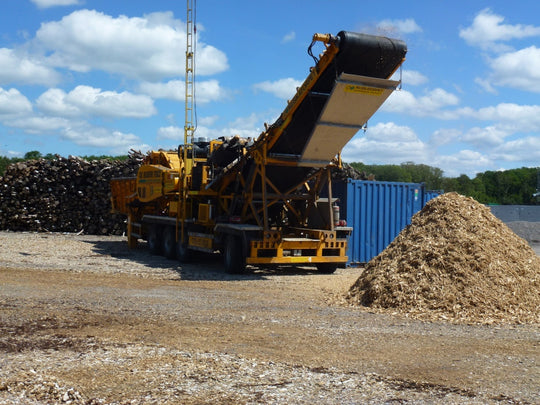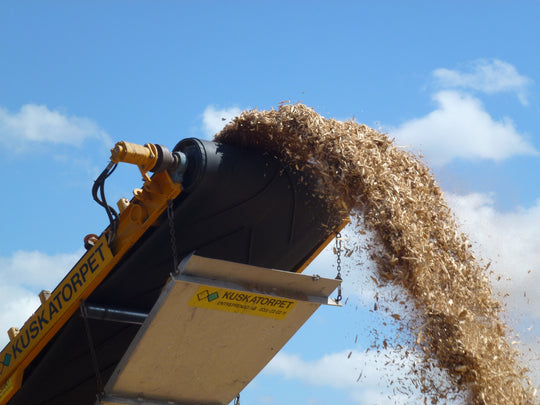The Ultimate Guide to Construction Recycling in Halmstad
The Ultimate Guide to Construction Recycling in Halmstad
Blog Article
Structure spend has historically been one of many biggest contributors to environmental pollution. Products such as for instance cement, asphalt, wood, and materials often result in landfills, ultimately causing resource depletion and environmental degradation. But, Halmstad has surfaced as a pioneer in addressing this significant problem by leveraging modern construction recycling halmstad (byggåtervinning halmstad) systems that try to convert just how structure waste is managed.
Recycling Structure Spend: The Contemporary Approach
Halmstad's drive toward sustainable structure methods has taken middle point in recent years. Advanced systems are being applied to deal with the significant waste created by construction activities, selling equally environmental benefits and reference efficiency.

One key advancement may be the rise of AI-driven selecting programs, making a more structured method for splitting up resources like cement, wood, and metals. These high-tech programs use detectors and machine learning formulas to identify recyclable components with amazing detail, reducing contamination degrees and increasing recycling prices significantly.
Another significant innovation is portable recycling devices, which carry waste running facilities right to construction sites. These lightweight systems let components to be fixed, crushed, and processed on-site, reducing the need for spend transportation and cutting down on CO2 emissions.
Round Economy in Activity
Key to Halmstad's accomplishment is its commitment to creating a round economy in the structure industry. Conventional spend administration techniques often involve linear functions, where resources are removed after a single-use cycle. However, with recycling engineering breakthroughs and better source healing practices, several resources after considered spend are now reintegrated as fresh materials for new structure projects.
For instance, cement waste is increasingly being processed in to aggregates which are used in road structure or foundational levels of new buildings. Additionally, reclaimed timber from demolition web sites has been treated and repurposed for furniture developing or structural reintegration. Materials, which are both energy-intensive and costly to get, are being channelled back to manufacturing rounds without losing their properties.

The Street Ahead
While Halmstad's achievements tag substantial development, the road to fully sustainable structure spend management stays ongoing. Issues such as for instance policy place, public recognition, and climbing of technologies however involve attention. Nevertheless, with continued development and the ownership of data-driven recycling techniques, Halmstad is placing a benchmark for towns globally to follow.
Ultimately, the innovations in spend recycling engineering reveal a broader tendency of sustainability becoming important to equally large-scale structure procedures and regional downtown growth strategies. That progress not only reduces environmental hurt but additionally assures that assets are used more effectively, safeguarding them for potential generations. Report this page